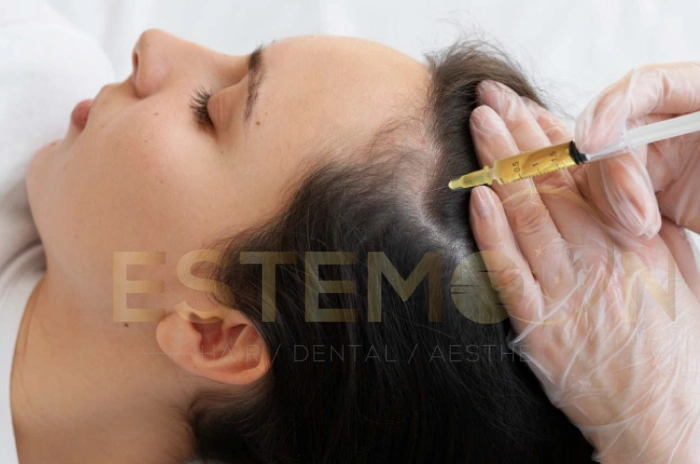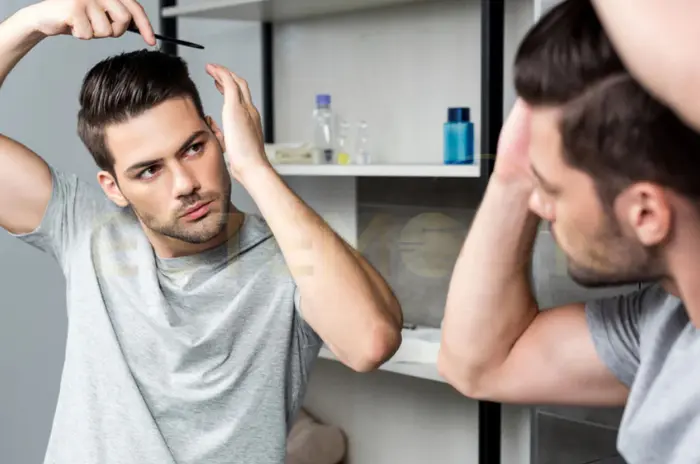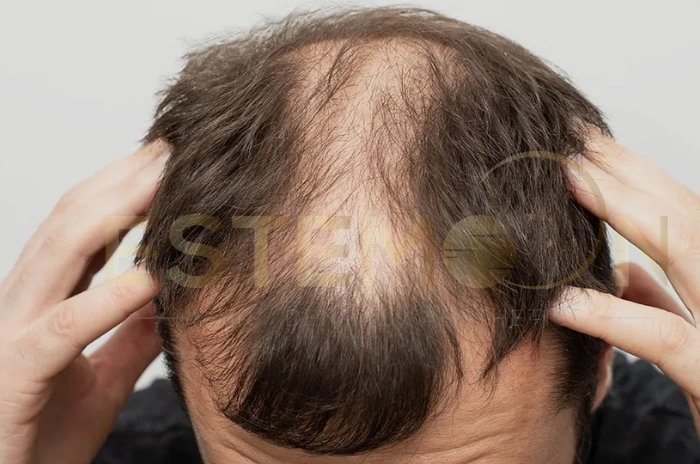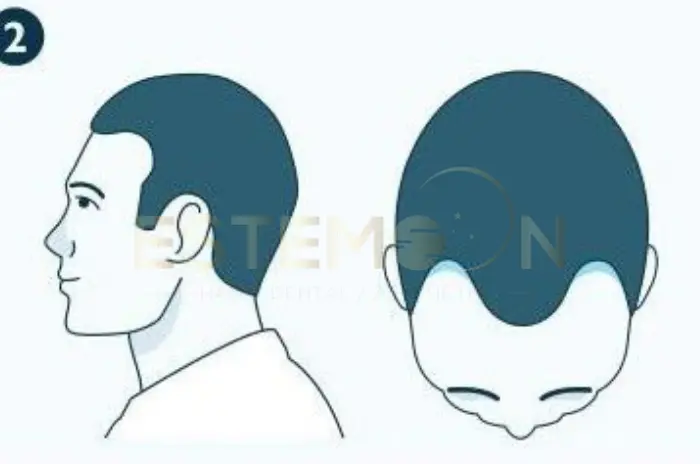Hair loss affects millions of people worldwide, leading many to search for effective treatment options. PRP for hair loss has emerged as a promising, non-surgical solution that uses your body’s own healing mechanisms to stimulate hair growth. This innovative treatment harnesses the power of platelet-rich plasma to rejuvenate hair follicles and promote natural hair regeneration.
Understanding the science behind PRP therapy for hair can help you make an informed decision about whether this treatment is right for you. From the treatment process to expected results, safety considerations, and cost factors, this comprehensive guide covers everything you need to know about this increasingly popular hair restoration method.
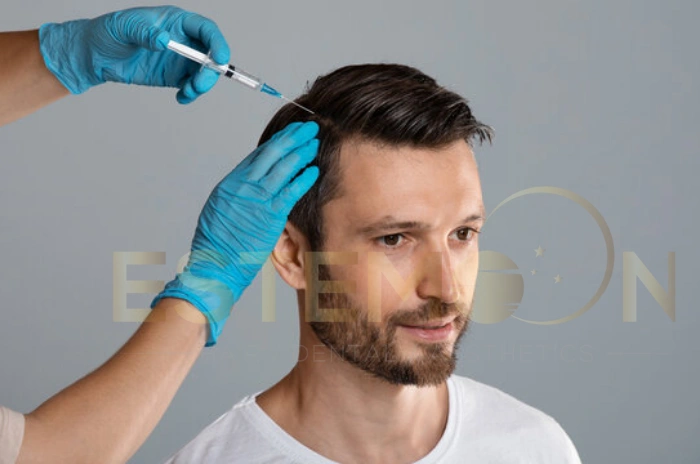
What Is PRP for Hair Loss?
PRP for hair growth stands for Platelet-Rich Plasma therapy, a medical treatment that uses concentrated platelets from your own blood to stimulate hair follicle activity. The procedure involves drawing a small amount of blood, processing it in a centrifuge to separate and concentrate the platelets, then injecting this plasma into areas of the scalp experiencing hair thinning or loss.
Platelets contain numerous growth factors and proteins that play crucial roles in tissue repair and regeneration. When these concentrated platelets are injected into the scalp, they release growth factors that can potentially awaken dormant hair follicles, improve blood circulation to the hair roots, and extend the growth phase of existing hair.
PRP hair injections work by targeting the underlying causes of hair loss at the cellular level. The treatment is particularly effective for androgenetic alopecia, the most common form of hair loss affecting both men and women. This condition, also known as male or female pattern baldness, involves the gradual miniaturization of hair follicles due to sensitivity to dihydrotestosterone (DHT).
The regenerative properties of PRP can help counteract this process by strengthening existing hair follicles and potentially reversing some of the miniaturization. This makes PRP therapy for hair an attractive option for those seeking a natural approach to hair restoration without the need for surgical intervention or synthetic medications.
Does PRP for Hair Loss Really Work?
Scientific evidence supporting PRP hair loss results has been growing steadily over recent years. Multiple clinical studies have demonstrated that PRP treatments can lead to measurable improvements in hair density, thickness, and overall hair quality. However, results can vary significantly between individuals based on factors such as age, extent of hair loss, and underlying health conditions.
Research indicates that PRP for hair loss tends to be most effective for individuals in the early to moderate stages of hair loss. Those with completely bald areas typically see less dramatic results compared to people with thinning hair or miniaturized follicles that are still producing some hair growth.
A typical treatment series shows measurable improvements within 3-6 months, with continued enhancement over 12-18 months. Studies report hair density increases ranging from 20% to 30% in responsive patients. The treatment appears to be particularly beneficial for improving hair thickness and reducing hair shedding.
PRP hair therapy before and after photos from clinical studies and patient testimonials demonstrate visible improvements in hair coverage and quality. However, it’s important to have realistic expectations, as PRP is not a cure for baldness and works best as part of a comprehensive hair loss management strategy.
Individual response rates vary, with approximately 70-80% of patients experiencing some degree of improvement. Factors that influence success include the patient’s age, genetic predisposition, hormonal status, and adherence to the recommended treatment schedule.
PRP Treatment Process Step-by-Step
The PRP hair treatment process is relatively straightforward and typically takes 60-90 minutes to complete. Understanding each step can help reduce anxiety and ensure you’re properly prepared for your appointment.
The procedure begins with a consultation where your provider assesses your hair loss pattern and medical history. Blood is then drawn from your arm, similar to a routine blood test. The amount collected is usually between 10-20 milliliters, depending on the treatment area size and your provider’s protocol.
Your blood is placed in a specialized centrifuge that spins at high speeds to separate the different blood components. This process concentrates the platelets to 3-5 times their normal levels while removing red blood cells and other components. The entire separation process takes approximately 10-15 minutes.
Before the injections, your scalp is cleansed and may be numbed with a local anesthetic to minimize discomfort. The concentrated PRP is then carefully injected into the areas of concern using fine needles. The injection pattern typically covers the affected areas in a grid-like formation to ensure even distribution.
After the PRP hair injections, you may experience mild soreness, redness, or swelling at the injection sites. These effects are normal and typically resolve within 24-48 hours. Most providers recommend avoiding washing your hair for 24 hours and limiting strenuous exercise for a few days following treatment.

PRP vs. Other Hair Loss Treatments
When comparing PRP vs. hair transplant options, several key differences emerge. Hair transplants provide immediate, dramatic results but require surgical intervention with associated risks and recovery time. PRP offers a non-surgical alternative with minimal downtime but requires multiple sessions and shows more gradual results.
PRP vs. laser hair therapy presents another interesting comparison. Both treatments are non-invasive and aim to stimulate hair follicles, but they work through different mechanisms. Laser therapy uses light energy to potentially improve cellular function, while PRP delivers concentrated growth factors directly to the treatment area.
| Treatment Type | Procedure Type | Results Timeline | Cost Range | Recovery Time | Effectiveness |
|---|---|---|---|---|---|
| PRP for Hair Loss | Non-surgical injections | 3-6 months | $2,000-$6,000/year | 1-2 days | 70-80% response rate |
| Hair Transplant | Surgical procedure | Immediate-12 months | $4,000-$15,000 | 1-2 weeks | 95%+ success rate |
| Laser Hair Therapy | Light-based treatment | 3-6 months | $200-$3,000 | None | 60-70% response rate |
| Medications (Minoxidil/Finasteride) | Topical/Oral daily use | 3-6 months | $20-$100/month | None | 65-80% response rate |
Traditional medications like minoxidil and finasteride require daily use and may cause side effects in some patients. PRP therapy for hair offers an alternative for those who cannot tolerate medications or prefer a more natural approach. However, PRP typically requires periodic maintenance treatments to sustain results.
The choice between treatments often depends on factors such as the extent of hair loss, budget considerations, tolerance for procedures, and personal preferences. Many patients combine PRP with other treatments for enhanced results, creating a comprehensive hair restoration strategy.
How Much Does PRP for Hair Loss Cost?
PRP hair treatment cost varies significantly based on geographic location, provider experience, and treatment protocol. In the United States, individual sessions typically range from $500 to $1,500, with most providers charging between $700 and $1,000 per treatment.
Most treatment protocols require an initial series of 3-4 sessions spaced 4-6 weeks apart, followed by maintenance treatments every 6-12 months. This means the total PRP treatment cost for the first year can range from $2,000 to $6,000, depending on your provider and location.
Several factors influence pricing, including the provider’s expertise, clinic location, equipment quality, and additional services included in the treatment package. Urban areas and specialized hair restoration clinics typically charge higher fees than general medical practices.
Insurance coverage for PRP for hair loss is generally not available, as most insurance companies consider it a cosmetic procedure. However, some providers offer financing options or package deals that can make treatment more affordable.
When evaluating cost, consider the long-term value compared to other hair loss treatments. While medications require ongoing monthly expenses and hair transplants involve significant upfront costs, PRP offers a middle-ground option with periodic maintenance requirements.
PRP Therapy Safety and Side Effects
PRP treatment side effects are generally minimal since the procedure uses your own blood, reducing the risk of allergic reactions or adverse events. The most common side effects include temporary soreness, mild swelling, and redness at injection sites, which typically resolve within 1-2 days.
Some patients experience minor bruising or headache following treatment. These effects are usually mild and can be managed with over-the-counter pain medications. Serious complications are extremely rare but can include infection or nerve damage if proper protocols aren’t followed.
PRP side effects for hair treatment are significantly lower compared to surgical hair restoration procedures or systemic medications. The risk profile makes it an attractive option for patients who want to avoid the potential complications associated with hair transplant surgery.
Certain medical conditions may make PRP treatment inadvisable. Patients with blood disorders, active infections, or those taking blood-thinning medications should discuss their medical history thoroughly with their provider before proceeding.
Proper provider selection is crucial for safety and effectiveness. Choose a qualified medical professional with experience in PRP procedures and hair loss treatment. Ensure the facility follows appropriate sterile techniques and uses FDA-approved equipment for blood processing.
FAQs About PRP for Hair Loss: Efficacy, Safety, and Cost
Does PRP really regrow hair?
PRP for hair growth can stimulate dormant follicles and improve existing hair quality, though it works best for thinning hair rather than completely bald areas.
How long before PRP shows results?
Most patients begin seeing initial PRP hair loss results within 3-4 months, with continued improvement over 12-18 months following the treatment series.
What are side effects of PRP?
PRP treatment side effects are minimal and typically include temporary soreness, mild swelling, and redness at injection sites lasting 1-2 days.
How much does PRP cost per session?
PRP hair treatment cost typically ranges from $500 to $1,500 per session, with most providers charging between $700 and $1,000 for each treatment.
Follow us on social media for updates, tips, and patient success stories:

